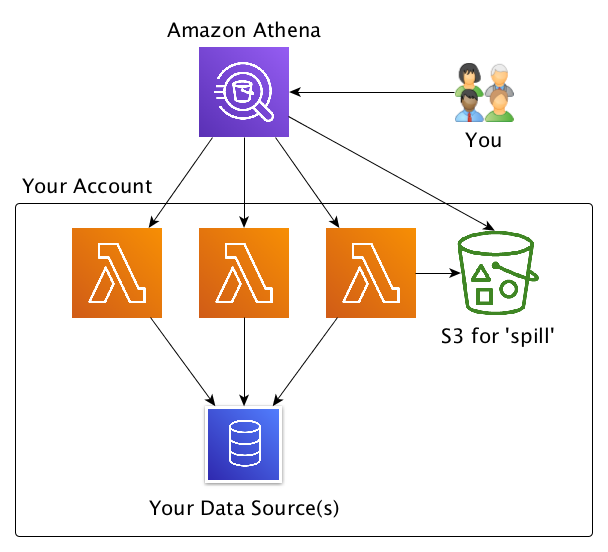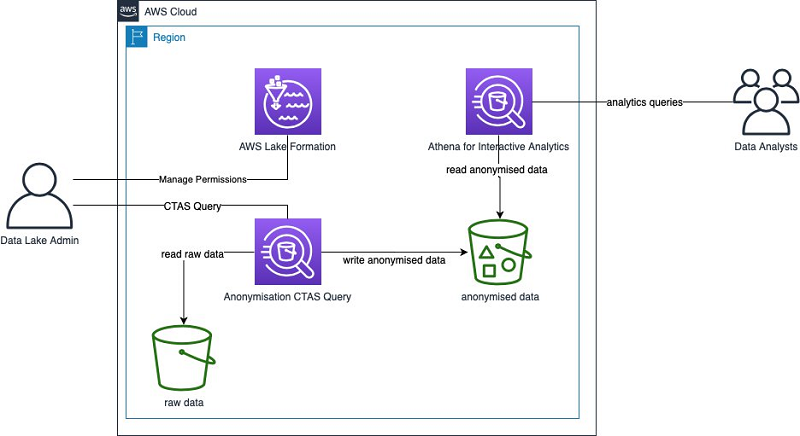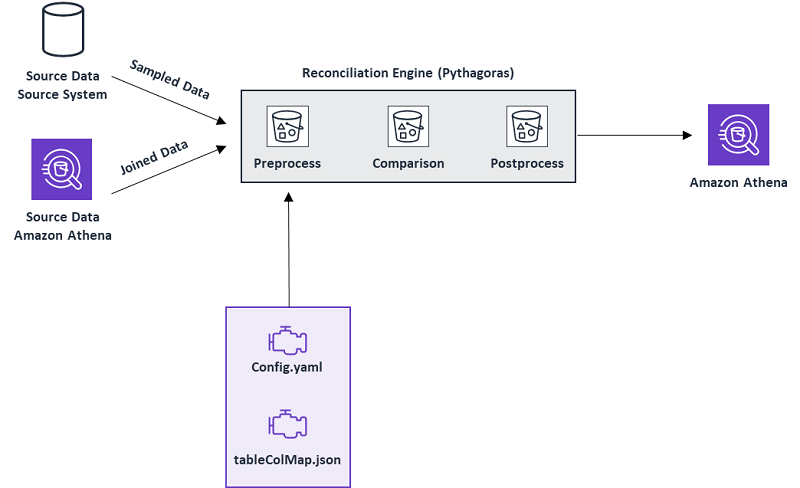AWS Big Data Blog
Category: Amazon Athena
Redacting sensitive information with user-defined functions in Amazon Athena
Amazon Athena now supports user-defined functions (in Preview), a feature that enables you to write custom scalar functions and invoke them in SQL queries. Although Athena provides built-in functions, UDFs enable you to perform custom processing such as compressing and decompressing data, redacting sensitive data, or applying customized decryption. You can write your UDFs in […]
Handling data erasure requests in your data lake with Amazon S3 Find and Forget
February 2024: This post was reviewed and updated for accuracy. Data lakes are a popular choice for organizations to store data around their business activities. Best practice design of data lakes impose that data is immutable once stored, but new regulations such as the European General Data Protection Regulation (GDPR), California Consumer Privacy Act (CCPA), […]
Extracting and joining data from multiple data sources with Athena Federated Query
With modern day architectures, it’s common to have data sitting in various data sources. We need proper tools and technologies across those sources to create meaningful insights from stored data. Amazon Athena is primarily used as an interactive query service that makes it easy to analyze unstructured, semi-structured, and structured data stored in Amazon Simple […]
Automating bucketing of streaming data using Amazon Athena and AWS Lambda
August 30, 2023: Amazon Kinesis Data Analytics has been renamed to Amazon Managed Service for Apache Flink. Read the announcement in the AWS News Blog and learn more. In today’s world, data plays a vital role in helping businesses understand and improve their processes and services to reduce cost. You can use several tools to […]
Configure and optimize performance of Amazon Athena federation with Amazon Redshift
This post provides guidance on how to configure Amazon Athena federation with AWS Lambda and Amazon Redshift, while addressing performance considerations to ensure proper use.
Enhancing customer safety by leveraging the scalable, secure, and cost-optimized Toyota Connected Data Lake
February 9, 2024: Amazon Kinesis Data Firehose has been renamed to Amazon Data Firehose. Read the AWS What’s New post to learn more. Toyota Motor Corporation (TMC), a global automotive manufacturer, has made “connected cars” a core priority as part of its broader transformation from an auto company to a mobility company. In recent years, […]
Optimize Python ETL by extending Pandas with AWS Data Wrangler
April 2024: This post was reviewed for accuracy. Developing extract, transform, and load (ETL) data pipelines is one of the most time-consuming steps to keep data lakes, data warehouses, and databases up to date and ready to provide business insights. You can categorize these pipelines into distributed and non-distributed, and the choice of one or […]
Anonymize and manage data in your data lake with Amazon Athena and AWS Lake Formation
Most organizations have to comply with regulations when dealing with their customer data. For that reason, datasets that contain personally identifiable information (PII) is often anonymized. A common example of PII can be tables and columns that contain personal information about an individual (such as first name and last name) or tables with columns that, if joined with another table, can trace back to an individual. You can use AWS Analytics services to anonymize your datasets. In this post, I describe how to use Amazon Athena to anonymize a dataset. You can then use AWS Lake Formation to provide the right access to the right personas.
Build a distributed big data reconciliation engine using Amazon EMR and Amazon Athena
This is a guest post by Sara Miller, Head of Data Management and Data Lake, Direct Energy; and Zhouyi Liu, Senior AWS Developer, Direct Energy. Enterprise companies like Direct Energy migrate on-premises data warehouses and services to AWS to achieve fully manageable digital transformation of their organization. Freedom from traditional data warehouse constraints frees up […]
Enforce column-level authorization with Amazon QuickSight and AWS Lake Formation
Amazon QuickSight is a fast, cloud-powered, business intelligence service that makes it easy to deliver insights and integrates seamlessly with your data lake built on Amazon Simple Storage Service (Amazon S3). QuickSight users in your organization often need access to only a subset of columns for compliance and security reasons. Without having a proper solution […]









